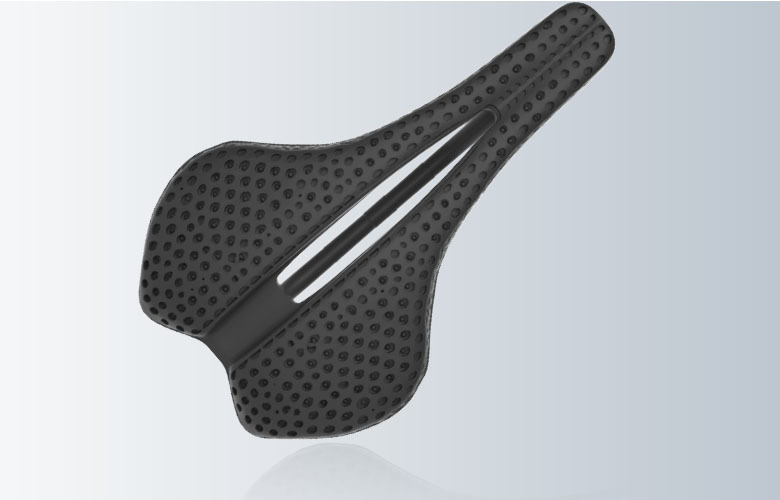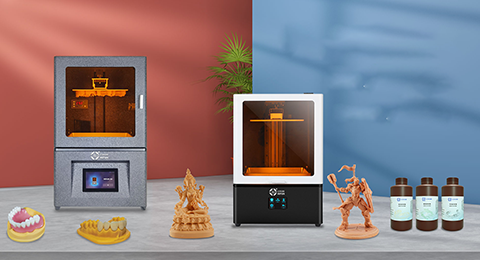3D printed cushions revolutionize the industry, and the potential of a multi-billion dollar market is beginning to emerge.
3D Printed Cushions Revolutionize the Industry, and the Potential of a Multi-Billion Dollar Market is Beginning to Emerge
In recent years, the advancement of 3D printing technology has transformed various industries, ranging from healthcare to automotive. Among these innovations, 3D printed cushions have emerged as a game-changer in the home décor and furniture sector. As consumers increasingly seek personalized, sustainable, and ergonomic products, the potential for a multi-billion dollar market centered around 3D printed cushions is becoming evident. This article explores the factors driving this revolution, the benefits of 3D printed cushions, and the future of this burgeoning industry.
One of the primary drivers behind the rise of 3D printed cushions is the growing demand for customization in home furnishings. Traditional manufacturing processes often limit the ability to create unique designs that cater to individual preferences. In contrast, 3D printing allows for an unprecedented level of personalization. Customers can choose specific shapes, sizes, colors, and even materials to suit their tastes and needs. This level of customization is particularly appealing to younger consumers who prioritize individuality in their purchases.
Moreover, the shift towards sustainable products is another significant factor contributing to the growth of the 3D printed cushion market. Traditional cushion manufacturing typically involves the use of petroleum-based materials and generates substantial waste. In contrast, 3D printing utilizes additive manufacturing techniques, which means that products are created layer by layer. This method significantly reduces material waste and allows for the use of eco-friendly materials, such as biodegradable plastics and recycled fabrics. As environmental consciousness continues to rise among consumers, the appeal of sustainable 3D printed cushions becomes increasingly apparent.
In addition to customization and sustainability, the ergonomic benefits of 3D printed cushions are revolutionizing the industry. With advancements in design software and printing technology, manufacturers can create cushions that provide superior support and comfort tailored to the human body. This is particularly beneficial for individuals with specific health concerns, such as back pain or joint issues. The ability to design cushions that conform to the user's body shape can lead to improved posture and overall well-being. As the population ages and more people become aware of the importance of ergonomic design, the demand for such products is expected to soar.
Furthermore, the potential for mass production of 3D printed cushions presents an exciting opportunity for manufacturers. While traditional manufacturing methods often require large-scale production runs to be cost-effective, 3D printing allows for on-demand production. This means that manufacturers can produce smaller batches of cushions without incurring significant costs. The ability to quickly adapt to changing consumer trends and preferences can provide a competitive edge in the market. As a result, companies are increasingly investing in 3D printing technology to meet the evolving demands of consumers.
As the 3D printed cushion market continues to grow, several key players are emerging. Established furniture manufacturers are beginning to explore 3D printing as a viable production method, while startups focused solely on this technology are also making their mark. Collaborative efforts between designers, engineers, and manufacturers are fostering innovation and driving the development of new materials and techniques. As competition increases, consumers can expect to see a wider variety of products and designs that cater to their unique needs.
However, challenges remain in the widespread adoption of 3D printed cushions. One of the primary concerns is the durability of 3D printed materials compared to traditional cushion materials. While advancements are being made in this area, consumers may still be hesitant to fully embrace 3D printed products until they are confident in their longevity and performance. Additionally, the initial investment required for 3D printing technology can be a barrier for smaller manufacturers looking to enter the market. Overcoming these challenges will be essential for the continued growth of the industry.
In conclusion, the emergence of 3D printed cushions represents a significant shift in the home décor and furniture industry. The demand for customization, sustainability, and ergonomic design is driving innovation and creating a multi-billion dollar market with immense potential. As manufacturers continue to invest in 3D printing technology and consumers become more aware of its benefits, the future of 3D printed cushions looks promising. The ability to create unique, sustainable, and comfortable products tailored to individual needs is revolutionizing the way we think about home furnishings, paving the way for a new era in design and manufacturing. As this industry continues to evolve, it will undoubtedly reshape the landscape of home décor and offer exciting possibilities for consumers and manufacturers alike.
About Us
Emake3D specializes in the R&D and production of medical high-precision 3D printing equipment and new materials, serving the fields of oral medical care, jewelry, industrial prototypes, etc., and provides professional and mature overall application solutions for the above industries.
Contact Us
Add: 3rd Floor, Building 3, No. 20-2, Longling South Road, Pingdi Sub-district, Longgang District, Shenzhen
HotLine: +86 135 5495 1300
E-mail: official@emake3d.com
Related News















